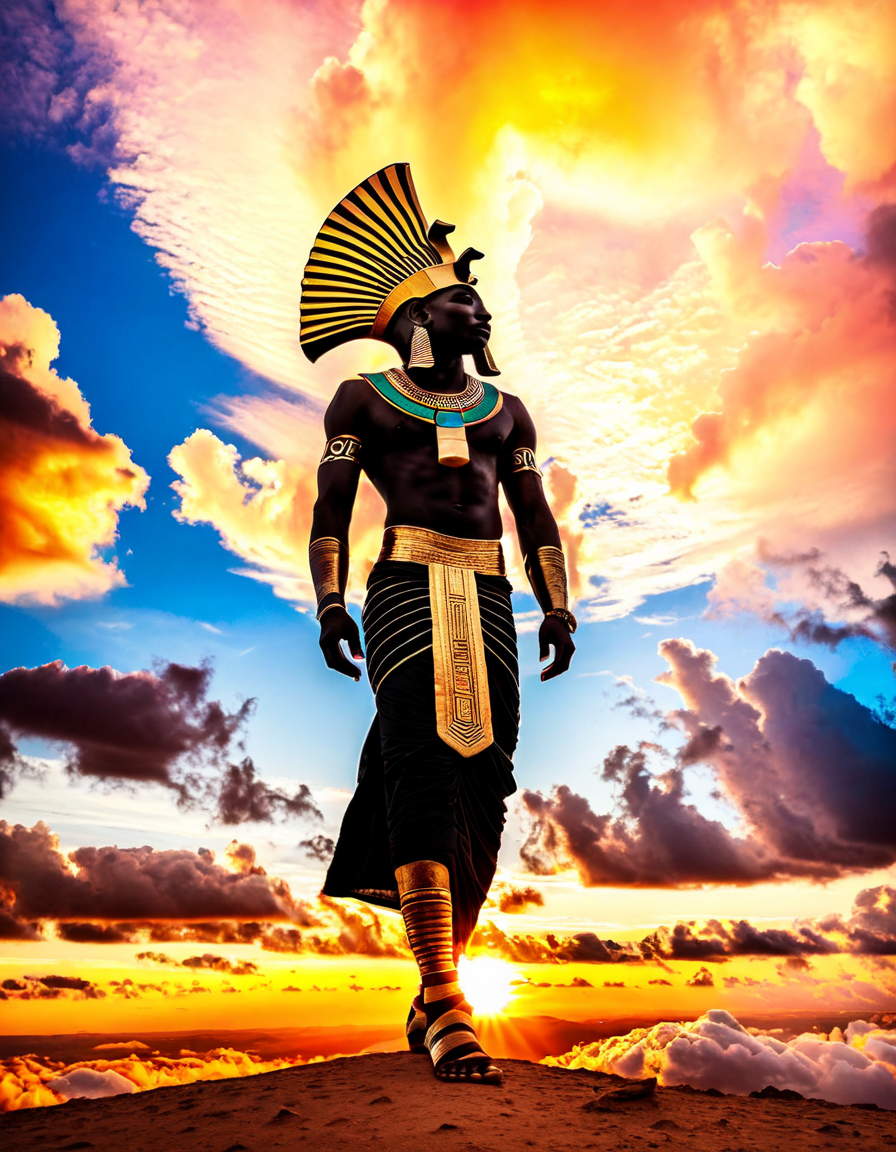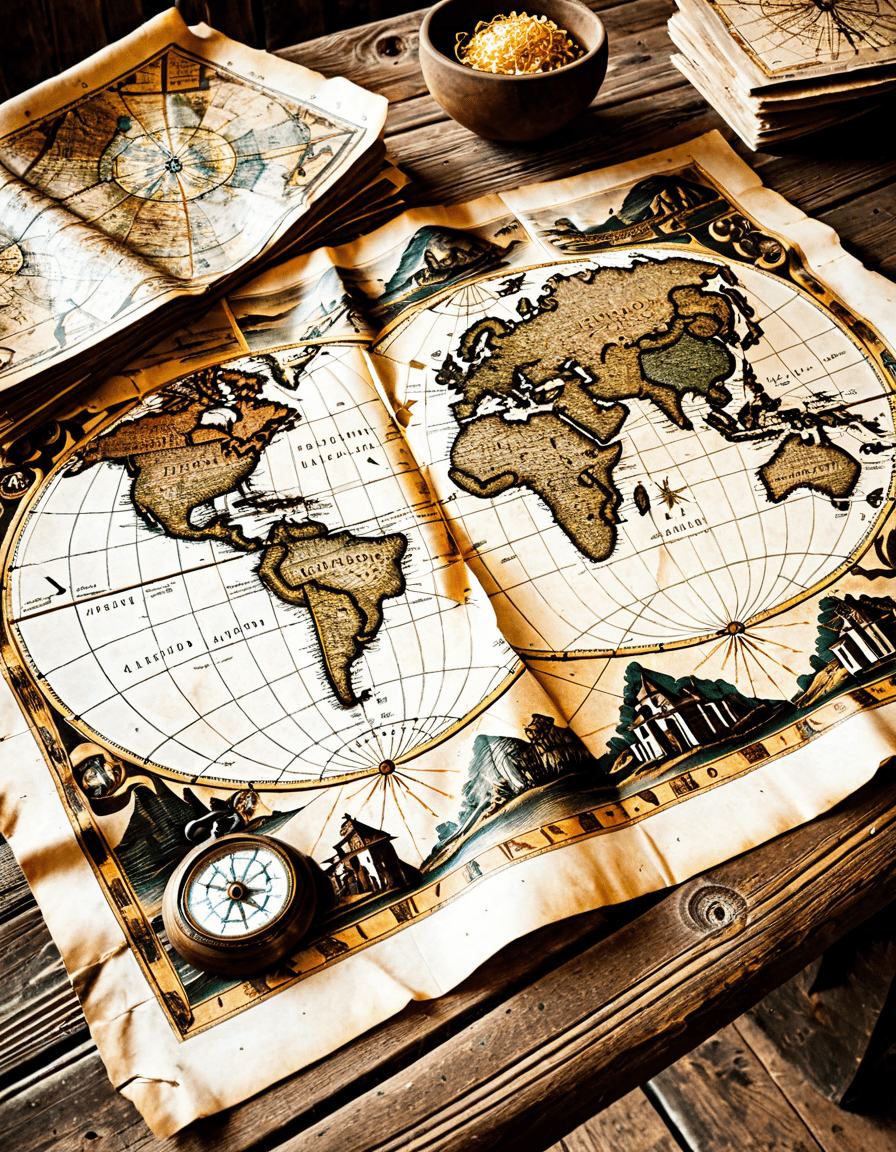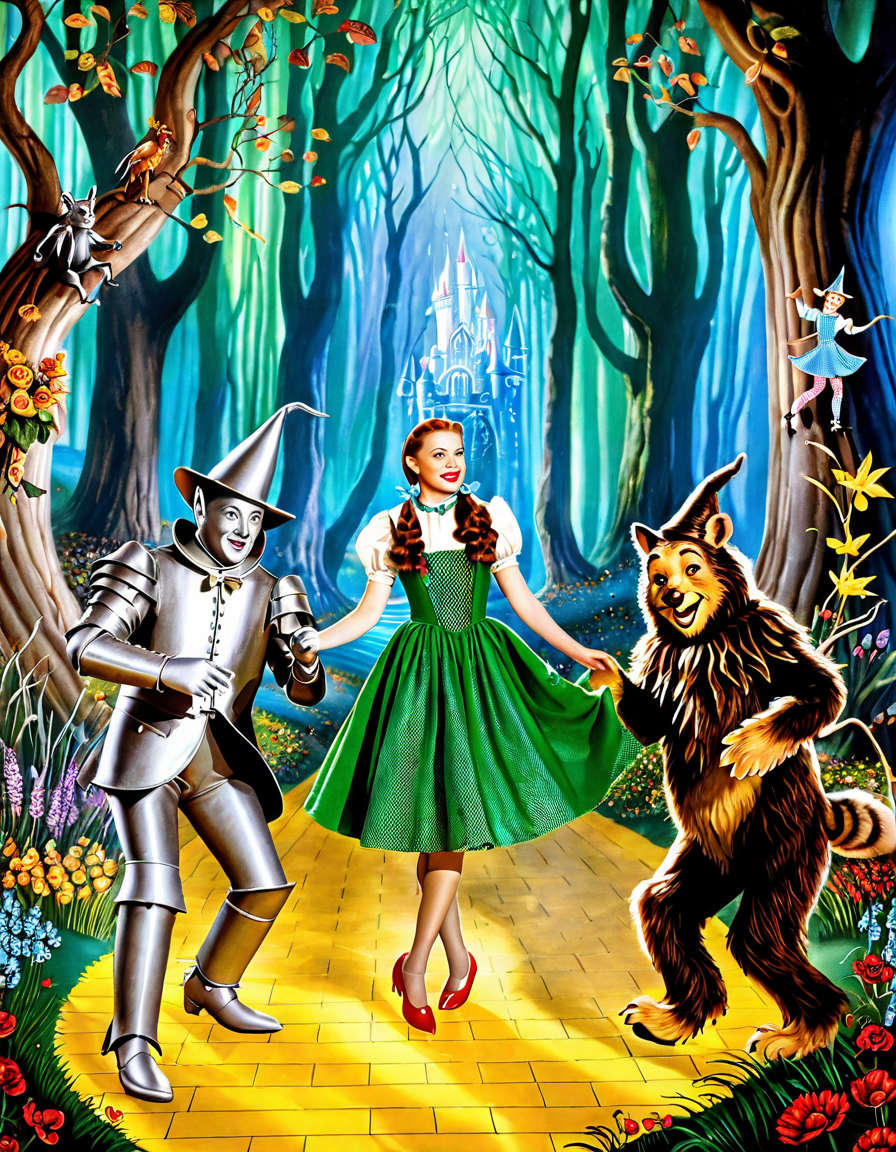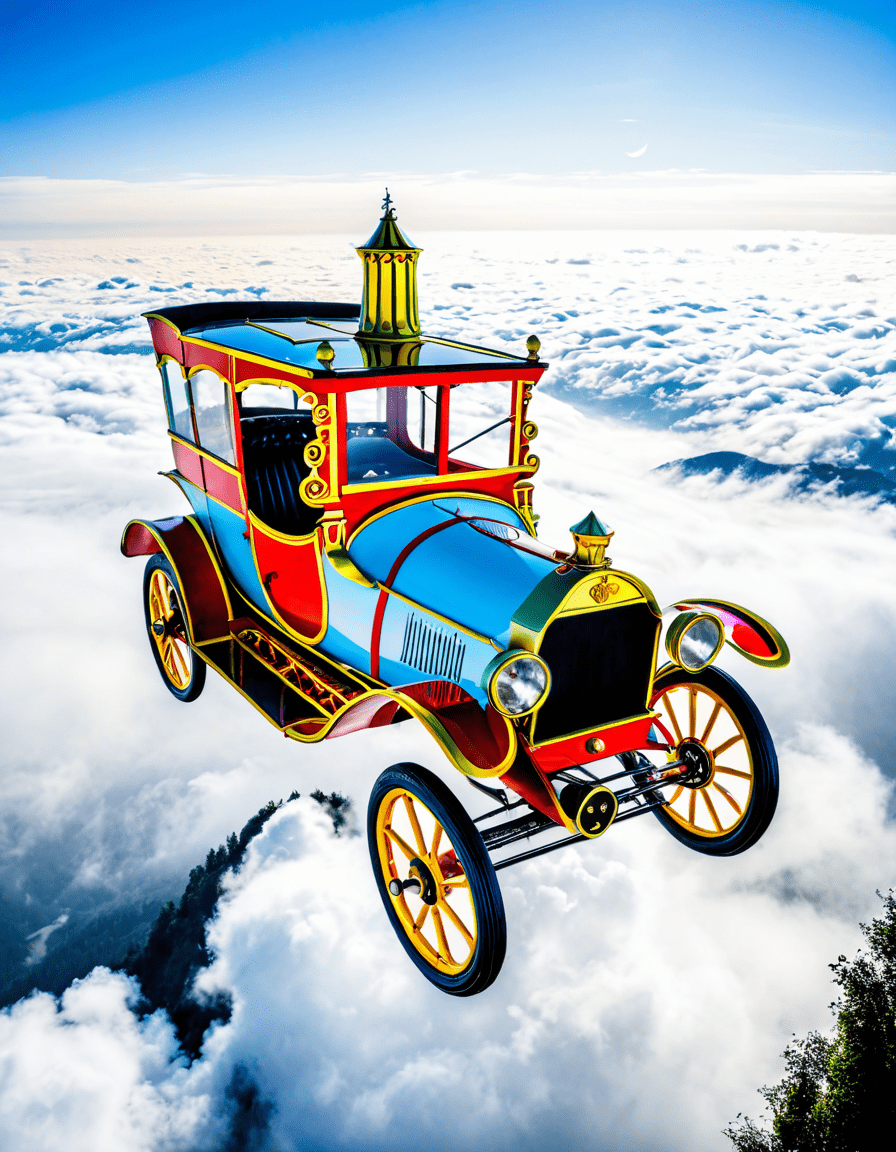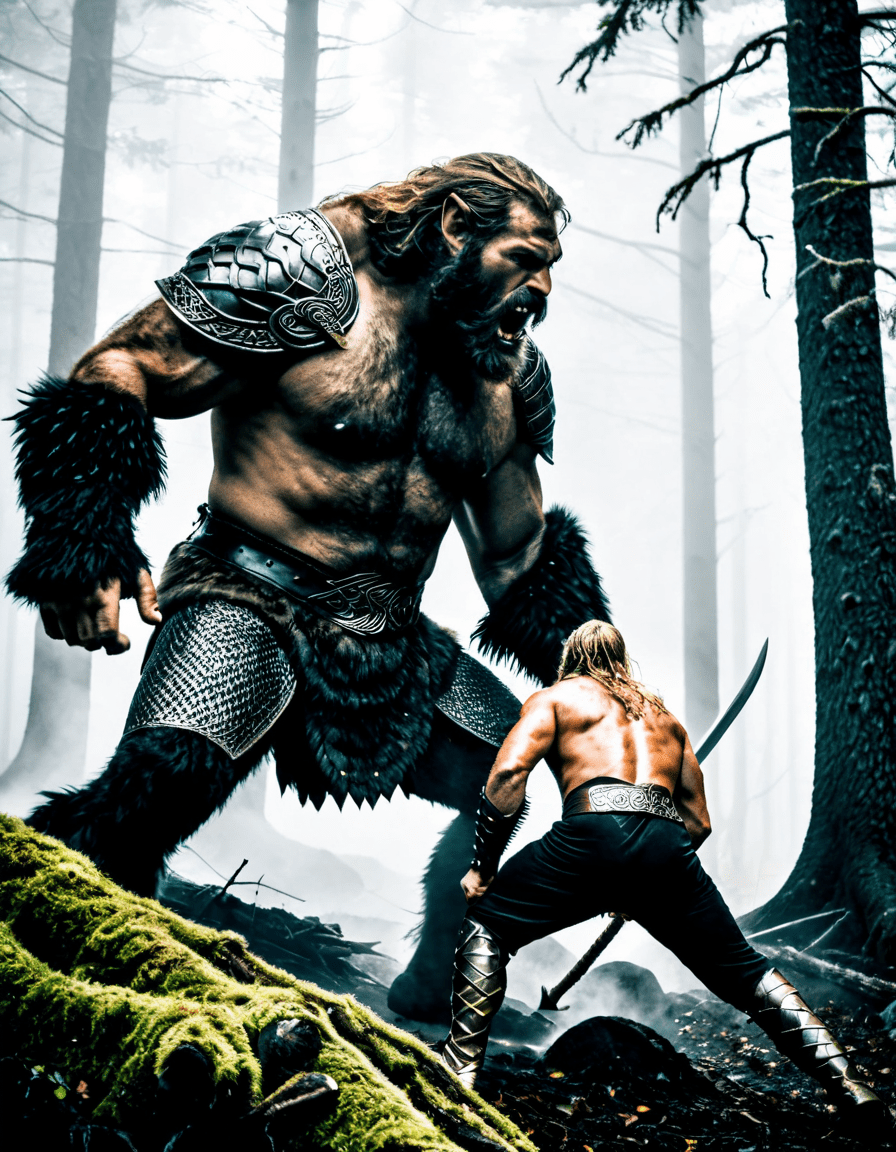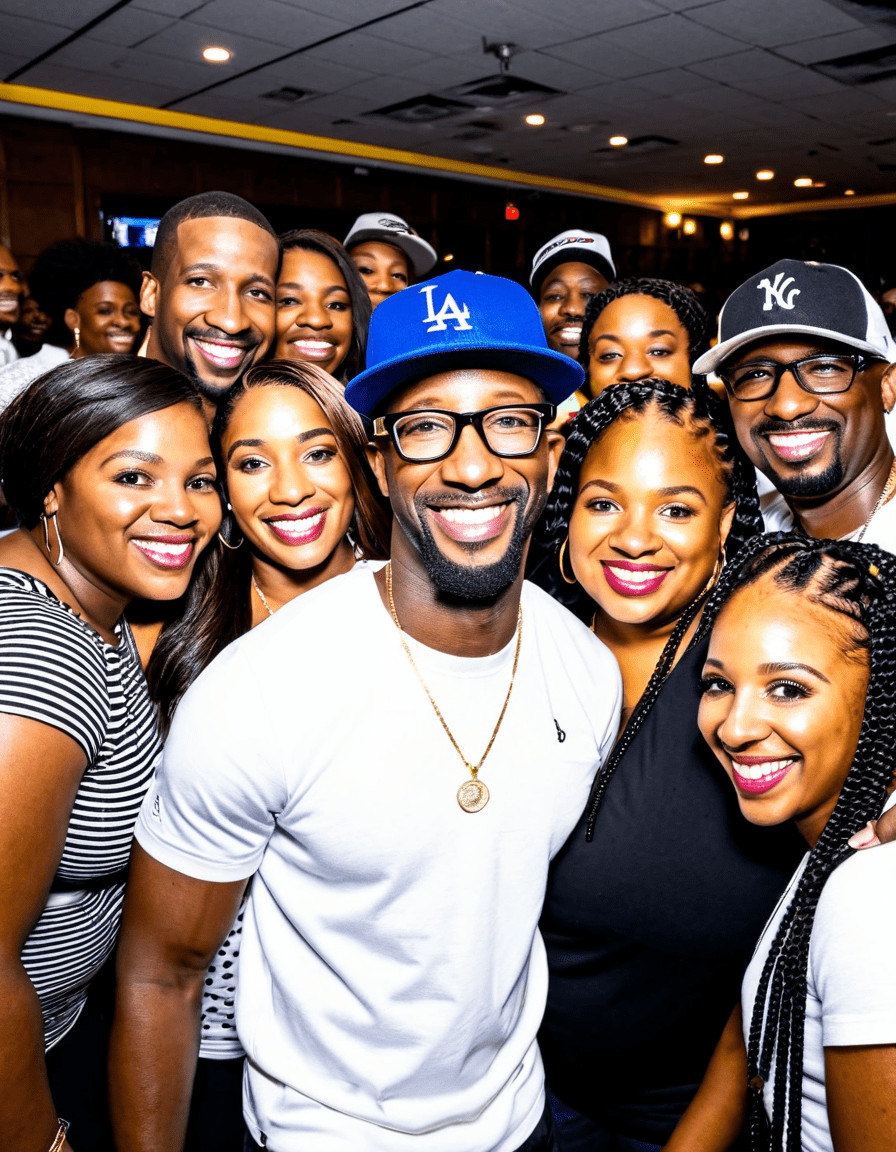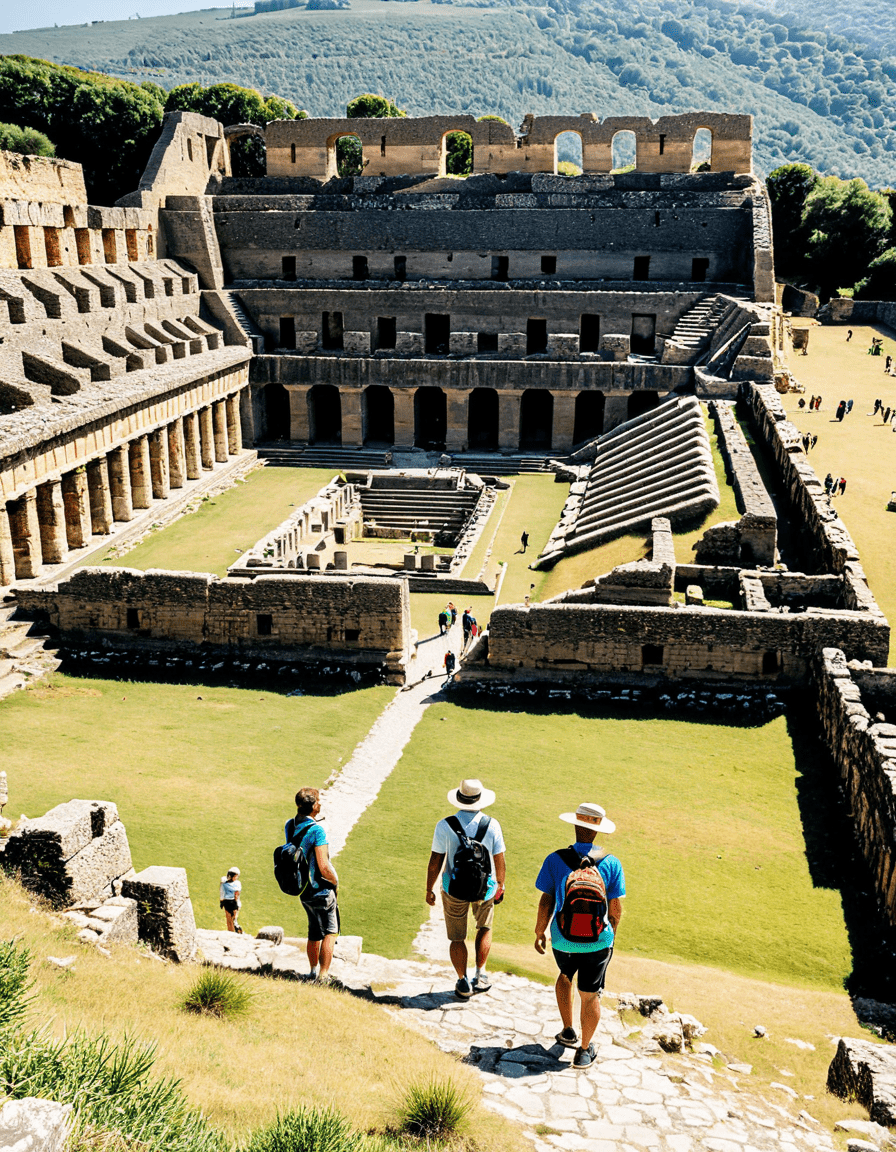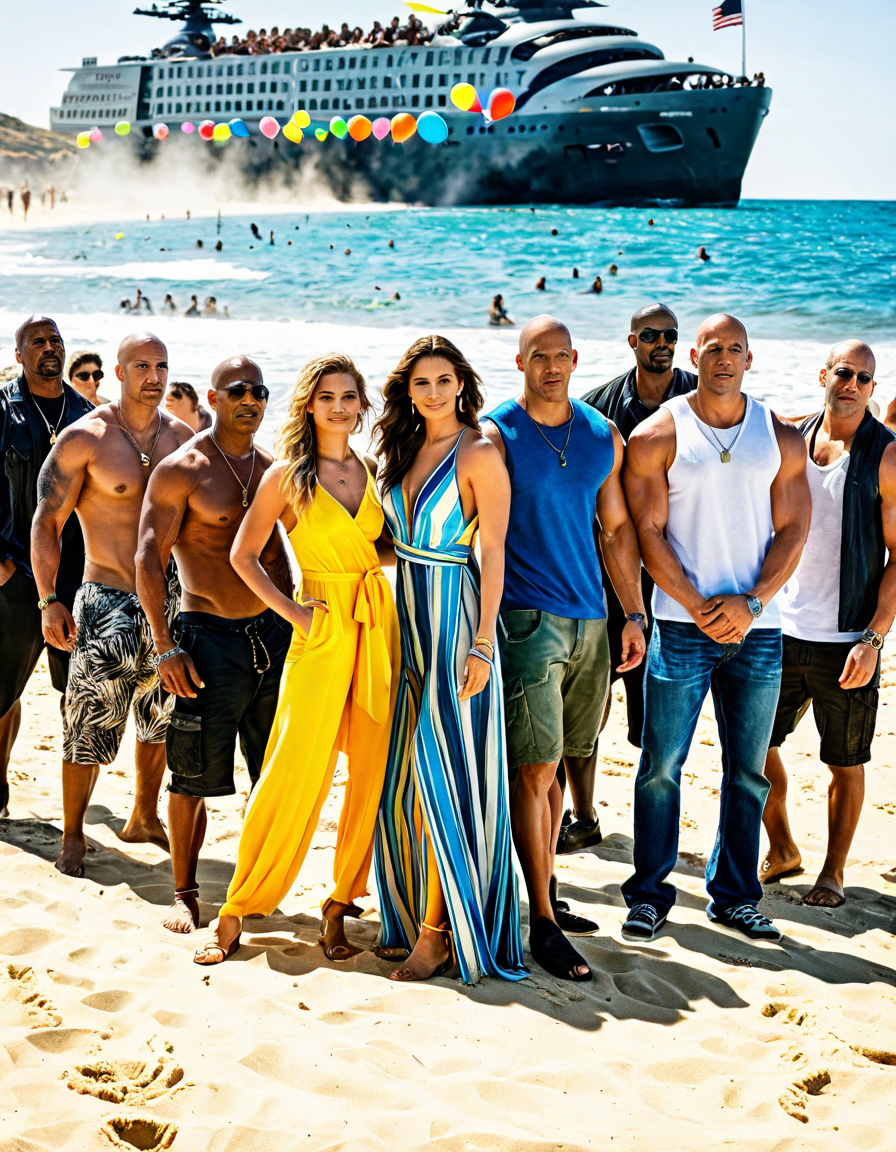
Exploring the Legacy of Osiris in Ancient Egypt
Osiris, a cornerstone of ancient Egyptian mythology, transcends the idea of a mere god of afterlife; he represents the profound themes of resurrection, regeneration, and the unending journey of the soul. His iconic narrative reveals fascinating insights into how ancient Egyptians perceived life, death, and the cosmos. This section navigates Osiris’ role as the judge of the deceased, the rituals surrounding his worship, and how his mythos enriches our understanding of ancient Egyptian civilization.
Mythological Origins
The tale of Osiris begins with drama that would rival any modern-day epic. Born to the sky goddess Nut and the earth god Geb, he had a brother, Set, who would eventually become his nemesis. Set’s envy led to treachery—Osiris was deceitfully murdered and dismembered, only to be resurrected by his devoted wife, Isis. This story illustrates the struggle between good and evil, chaos and order, showcasing Osiris as a symbol of unity amidst turmoil.
Rituals and Worship
Osiris was deeply integrated into the customs surrounding death and the afterlife. The ancient Egyptians believed in mummification and elaborate burial practices to ensure the deceased had a chance to be reborn. Temples dedicated to Osiris were often venues for grand rituals, such as the “Opening of the Mouth” ceremony, which symbolically restored the senses of the dead. Even today, these ancient practices inspire modern interpretations of resurrection, echoing the age-old belief that life continues beyond our physical existence.
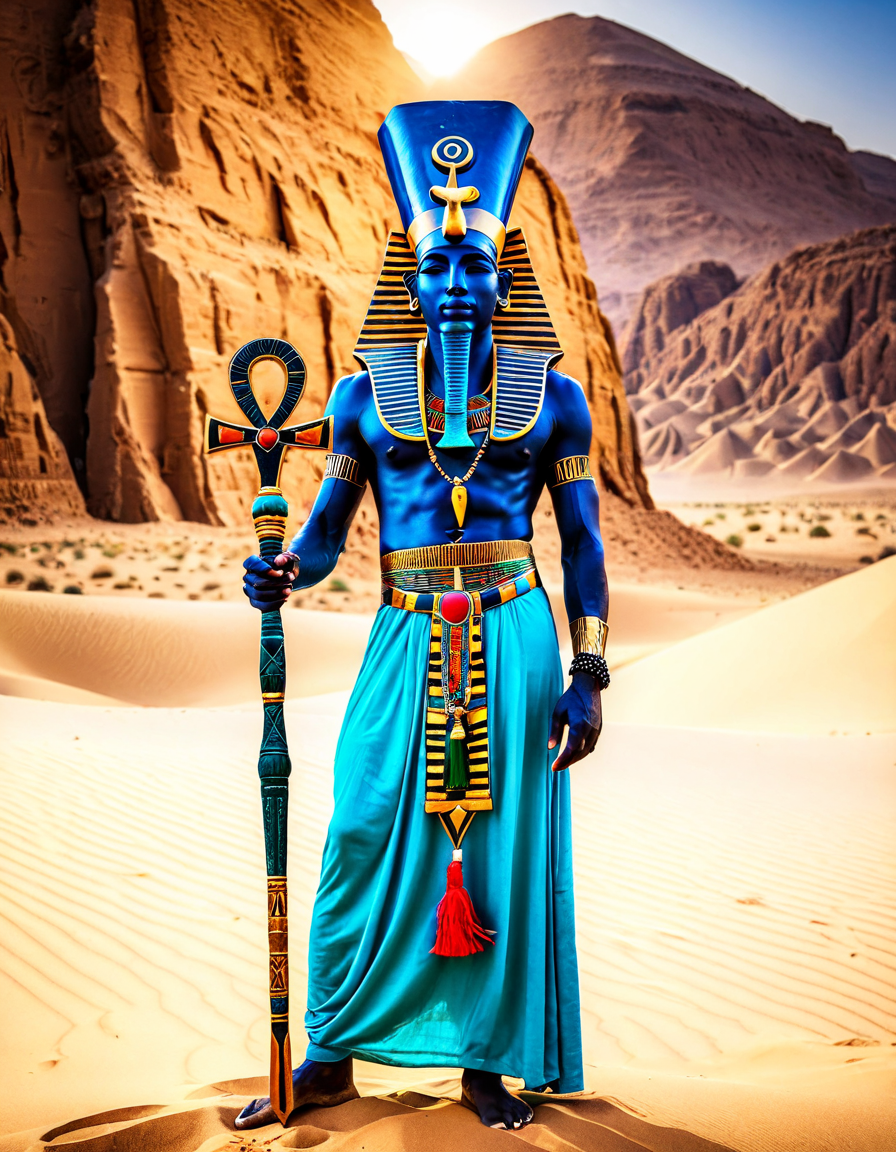
The Afterlife According to Osiris: Top 5 Key Concepts
Understanding Osiris demands that we explore his vital beliefs about the afterlife. Here are the top five concepts that define his celestial domain:
1. The Weighing of the Heart
At the core of the afterlife journey is the Weighing of the Heart ceremony. Here, the deceased’s heart was placed on a scale, balanced against the feather of Ma’at, symbolizing truth and morality. A heart heavier than the feather led to a grim fate—being devoured by Ammit. This poignant ritual underscores ancient Egyptians’ emphasis on ethical living, principles that resonate in today’s discussions about integrity in society.
2. Resurrection and Rebirth
Osiris’ narrative is steeped in themes of resurrection, echoing the cycles of nature. His death and rebirth track the seasons, deeply rooting ancient Egyptian spirituality in the rhythms of agriculture. This theme finds echoes in various philosophies, illustrating how figures like Nelson Mandela promote resilience and recovery, urging us to rise anew, no matter the obstacles.
3. The Duat: Navigating the Underworld
The Duat, or underworld, represents a challenging journey for souls attempting to reach their eternal home. Within this allegory, one encounters the trials and tribulations that align closely with contemporary tales of struggle and redemption. Icons like Prometheus, who defied the gods for humanity, parallel the struggle emerging from Osiris’ domain—teaching us that transformation often springs from hardship.
4. Osiris and the Pharaohs
The nexus between Osiris and the Pharaohs portrays a captivating fusion of the sacred and the political. Pharaohs who died were believed to unite with Osiris, becoming manifestations of him in the afterlife. This relationship reveals how deeply intertwined religion and governance were in ancient Egypt, reflecting modern matters of leadership and collective identity.
5. The Influence of Osiris on Modern Thought
The repercussions of Osiris’ mythology extend far beyond ancient Egypt. Concepts of sacrifice and rebirth from Osiris’ tale have inspired countless artistic endeavors and philosophical dialogues. The narrative has shaped modern storytelling, motivating artists and writers in their exploration of humanity, much like Prometheus’ defiance has sparked discussions on knowledge and authority.

Osiris vs. Prometheus: Two Deities of Transformation
Juxtaposing Osiris with Prometheus unveils fascinating similarities in representing death and rebirth across mythologies. While Osiris is an authoritative figure in resurrection and moral judgment, Prometheus symbolizes rebellion against divine authority in pursuit of enlightenment.
Impact on Human Identity
Both mythologies question what it means to be human. Osiris reflects our inherent desire for continuity and moral righteousness, while Prometheus champions the quest for knowledge that challenges established norms. This prompts reflections on contemporary creators—like Banksy, whose work often questions societal issues, and thinkers like Noam Chomsky who challenge authoritative narratives.
Symbolism in Culture
The contrasting depictions of Osiris and Prometheus reveal the enduring societal struggles. Osiris embodies the cyclical nature of existence, whereas Prometheus pushes the boundaries, encouraging individuals to confront the status quo. These narratives echo throughout time, shaping cultural dialogues about transformation and identity.

Closing Thoughts on the Relevance of Osiris Today
In our fast-paced, interconnected world, the tales of Osiris resonate deeply. They compel us to reflect on identity, morality, and the continuum of life and death. By examining Osiris, we are reminded of our collective responsibilities in a global society—an understanding that transcends time.
Even as we grapple with the limits and possibilities of advanced technology, Osiris stands tall, inviting exploration into our shared narrative of growth and enlightenment. He is a reflection of our intrinsic need to understand life beyond its physical familiarity—a call to engage with the deeper truths that bind us all in this grand human experience.
So, when you ponder life’s great mysteries or consider your unique journey, think of Osiris. His legend compels us to seek knowledge, embrace resilience, and acknowledge that our paths are as intertwined as those of the gods of old.
For more on intriguing tales and transformative insights, be sure to explore other fascinating narratives such as Steel Magnolias or dive into whimsical adventures like The Wizard Of Oz. Whether it’s tales of resilience or journeys through enchanting tales, there’s always something to explore and reflect upon.
Traveling through the ancient and the modern, we find that life, much like the winding mesquite tree, grows in unexpected directions. Visit our site for more vivid explorations into the stories that shape our world, such as insights on Eldorado or Georgie And Mandy ‘s First Marriage Episodes. The journey awaits—let’s set forth!
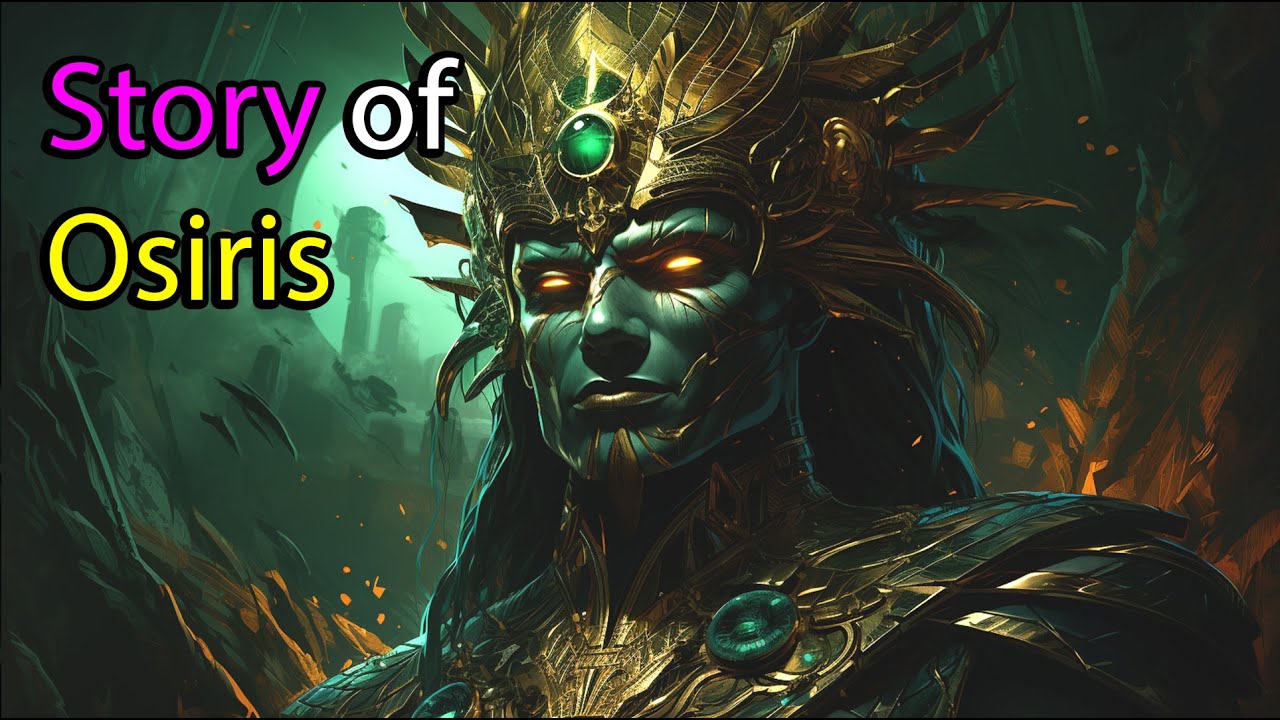
Osiris: The God of Afterlife Power and Resurrection
A Deity with a Colorful Legacy
Osiris, the Egyptian god of the afterlife, has a story that’s anything but boring! Born from the union of the sky goddess Nut and the earth god Geb, Osiris was associated with fertility and agriculture before transforming into the symbol of resurrection. Did you know that he became the lord of the underworld after his own brother, Set, killed him? Talk about family drama! This tale echoes that of many cultures, like the 1989 Chinese zodiac, which also features themes of renewal and transformation through its mystical narrative.
Symbolic Representations
When picturing Osiris, one might visualize him adorned in white linen, symbolizing purity and resurrection. But did you know that he was often depicted with green skin? This representation signified rebirth and vegetation—traits essential for a deity linked with life after death. Connecting the dots, ancient Egyptians hung amulets shaped like Osiris to invoke his protective powers, much like people today might wear an Omega Swatch for style or symbolism.
Festivities in His Honor
Ancient Egyptians celebrated the myth of Osiris through festivals, the most significant being the Osiris Mysteries. These rituals included reenacting his resurrection, providing participants a glimpse of the eternal life he promised. Interestingly, just as communities today gather for various cultural celebrations, such as enjoying a good meal while discussing their finances—like the fluctuating Cal Coast credit union mortgage rates—these ancient festivities fostered a sense of belonging. The ancient Egyptians certainly knew how to throw a party, and it was all about paying homage to their beloved Osiris and his powerful legacy that still captivates us today.
In summary, Osiris isn’t just a figure of ancient mythology; he’s a rich tapestry woven with themes of loss, renewal, and hope. His story resonates across generations, reminding everyone—whether they’re admiring long pennies images or contemplating life’s biggest questions—of the inevitable cycle of life and death. So, the next time you come across a symbolic representation of Osiris, take a moment to reflect on how this ancient god continues to inspire and influence modern perspectives and celebrations.

